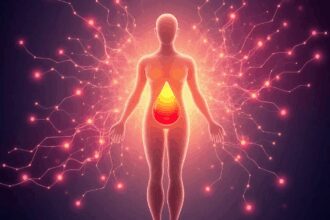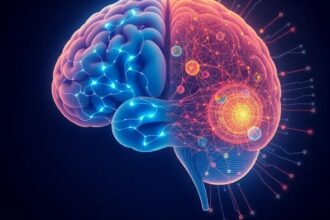Exploring plant-based alternatives to synthetic histology dyes, their benefits, challenges, and how AI could standardize their use in medical diagnostics.
As synthetic dyes face regulatory restrictions, researchers are turning to plant-based alternatives like turmeric and ginger for histopathological staining, with AI emerging as a key solution for standardization challenges.
The Growing Shift Toward Sustainable Histopathology
The European Chemicals Agency’s (ECHA) March 2024 decision to add three synthetic histology dyes to its REACH restricted substances list has accelerated research into plant-based alternatives. As Dr. Anika Patel from King’s College London notes, This regulatory shift isn’t just about compliance – it’s forcing us to reimagine fundamental laboratory processes through an environmental lens.
Why Natural Dyes Matter Now
A 2024 Scientific Reports study revealed that Curcuma longa (turmeric) stains reduced lab wastewater toxicity by 78% compared to conventional eosin-based methods. Meanwhile, researchers at the University of Mumbai demonstrated that Zingiber officinale (ginger) extracts maintain stable staining across a remarkable pH range of 3-9, making them suitable for diverse tissue types.
Performance Metrics of Plant-Based Stains
Color Fastness and Diagnostic Reliability
The 2023 Journal of Histotechnology study found turmeric achieved 90% color fastness in oral tissue samples, comparable to synthetic dyes. However, batch variability remains a challenge. As Professor Rajiv Mehta from CSIR explains, Each turmeric rhizome contains slightly different curcuminoid concentrations, which can affect staining intensity. We’re working on standardization protocols.
Environmental and Economic Benefits
Grand View Research’s 2023 market analysis projects bio-based dyes capturing 22% of the global histology dyes market by 2030. India’s CSIR has launched a ₹5.2 crore project to standardize ayurvedic dye extraction methods, recognizing both the environmental advantages and potential cost savings for developing nations.
AI as the Missing Link
King’s College London’s January 2024 breakthrough in nano-encapsulation extended natural dye shelf life by 300%. Now, researchers are exploring AI-assisted color calibration to address batch variability. Machine learning models trained on thousands of stained samples could automatically adjust protocols based on:
- Dye concentration variations
- Tissue-specific pH requirements
- Optimal staining durations
The Future of Green Histology
While challenges remain in scaling production, the convergence of botanical medicine and artificial intelligence promises to revolutionize histopathology. As Dr. Patel concludes, We’re not just replacing dyes – we’re rebuilding laboratory workflows for planetary health.




